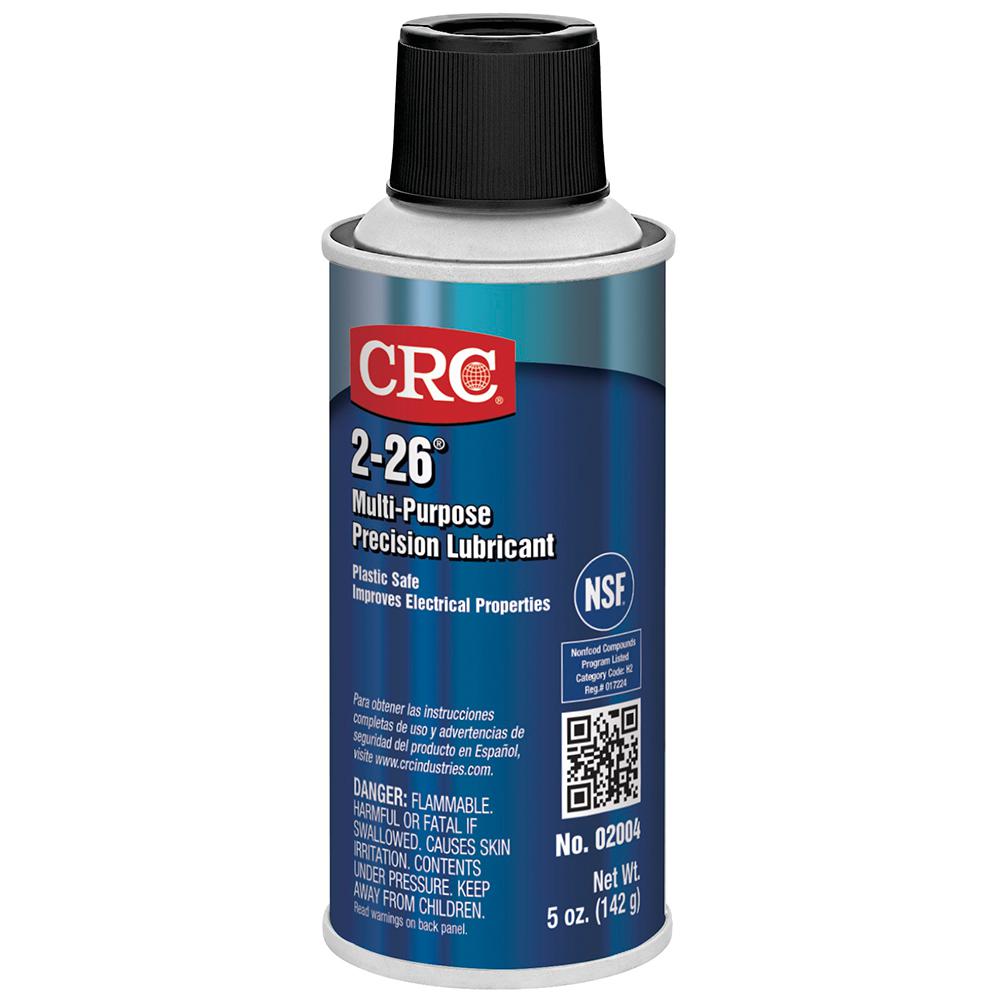Hi everyone,
My 2046 locomotive runs like a champ in reverse, but when I shift to forward, it creeps about six inches sounding like it's really straining, then stops altogether. It's getting power and humming loudly, just won't go more than a little bit. If I push it forward while it's doing that, the wheels roll just fine, so it isn't binding up.
I've searched these forums and have found input that it's likely the E-Unit, but before I go with the nuclear option and replace it, I figured I should ask if there's anything else I should check.
What bothers me about it being the E-Unit is it was doing just fine until I opened it up to replace the light bulb. It seems like an unlikely coincidence that the E-Unit suddenly went bad at the same time I did that. I cleaned up the drum and brushes anyway and that didn't help. I looked all over for wires that I might have pulled loose and everything looks to be intact. I've recently lubricated it too. Is there anything else you think I could have done to cause this symptom or anything I should try?
Thanks for any advice,
Dan





